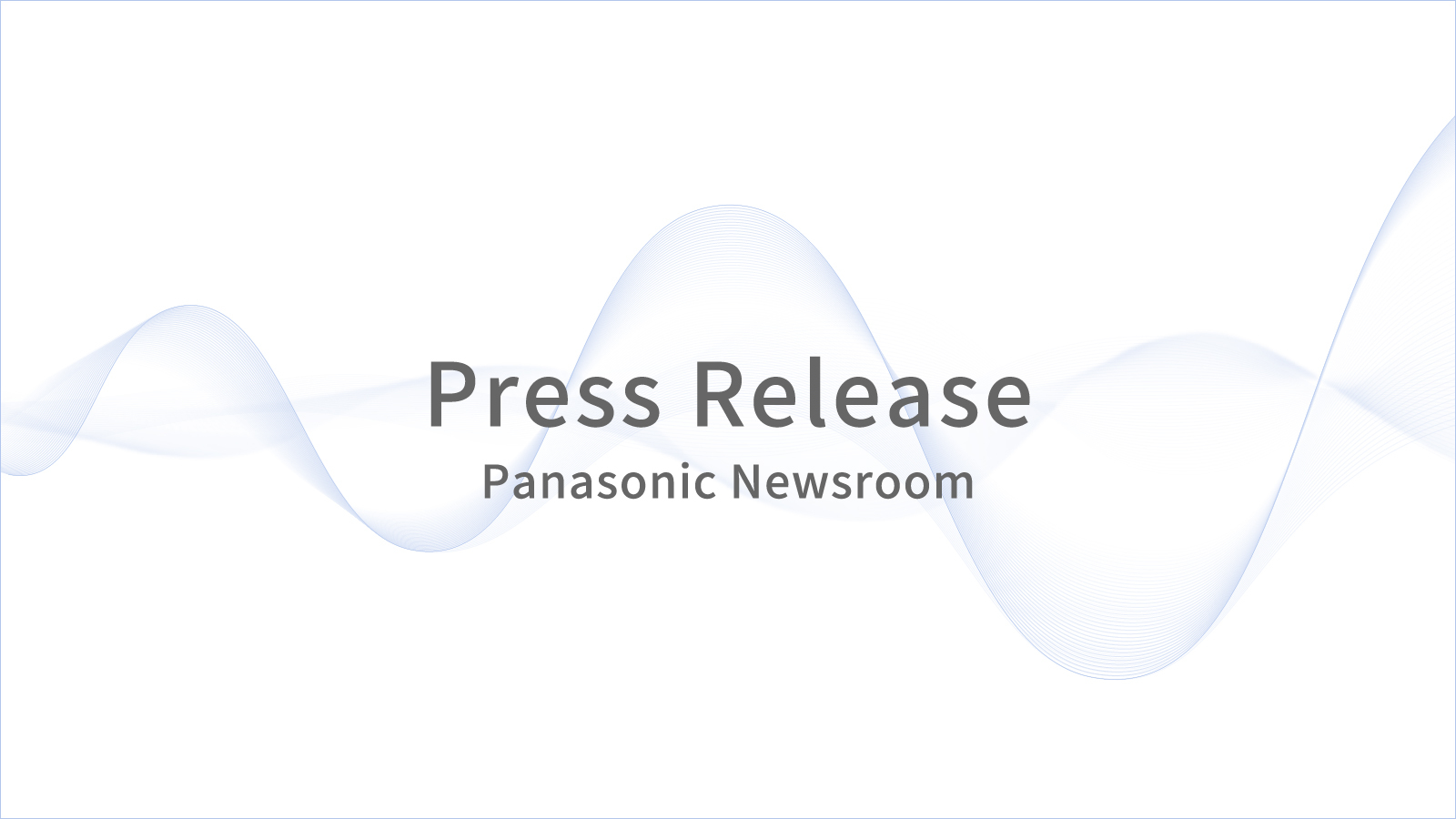
Dec 16, 2025
- Sustainability
- Press Releases
- Panasonic GREEN IMPACT
- ESG Management
- Awards
Apr 06, 2021
Sustainability / Press Releases
Osaka, Japan - Panasonic Corporation today announced that it has realized its first Zero CO2 factory in China at Panasonic Energy (Wuxi) Co. Ltd. (PECW) adding to its list of facilities that emit virtually no carbon dioxide.
Panasonic has been carrying forward environmental activities in accordance with the Panasonic Environment Vision 2050, a long-term vision of environmental management formulated in June 2017 with clearly defined direction for the company to pursue for 2050. As one of the activities to promote businesses aiming for a sustainable society, the company is working globally to establish Zero CO2 factories that do not emit the greenhouse gas during operations. The company had already realized six Zero CO2 model factories and a Zero CO2 showroom*2 among its facilities in the world. By leveraging its know-how gained through this experience, Panasonic has now realized a Zero CO2 factory in China.
The factory in Wuxi City, Jiangsu Province, makes secondary batteries, mainly lithium-ion batteries and nickel-metal hydride batteries. It has worked on innovation in high-quality and highly efficient manufacturing. For example, in 2018, the factory introduced an automated assembly line that replaces conventional manual and visual inspections with a dual-arm robot and an image inspection system. Specific measures to achieve a Zero CO2 factory in China include the promotion of manufacturing with minimum energy, which uses less energy in manufacturing through innovations in manufacturing methods and processes, advanced energy-saving technologies and LED lighting. Also introduced are solar power generation systems, purchase of International Energy Certificates (I-RECs), use of carbon credits that offset CO2 emissions from fossil fuels, and utilization of rental roof scheme. Through these measures, the factory in Wuxi is able to bring approx. 44,000 tons of CO2 emissions to net zero in the fiscal year 2021 that ends in March 2021, the largest CO2 reduction among the Panasonic Zero CO2 factories that have been realized to date.
By rolling out these activities to Panasonic group companies on a global scale, Panasonic will steadily implement manufacturing without emitting CO2, aiming for a sustainable society as set forth in the Panasonic Environment Vision 2050.
Going forward, Panasonic will also implement measures that utilize in-house developed technologies, e.g. strengthening the energy-saving activities, further utilization of renewable energy such as geothermal heat, and introduction of technologies to absorb, separate, and utilize CO2 emitted from fossil fuels.
Panasonic Corporation Brand Strategy Division Corporate PR Department
https://news.panasonic.com/global/contacts/
Panasonic Corporation is a worldwide leader in the development of diverse electronics technologies and solutions for customers in the consumer electronics, housing, automotive, and B2B businesses. The company, which celebrated its 100th anniversary in 2018, has expanded globally and now operates 528 subsidiaries and 72 associated companies worldwide, recording consolidated net sales of 7.49 trillion yen for the year ended March 31, 2020. Committed to pursuing new value through innovation across divisional lines, the company uses its technologies to create a better life and a better world for its customers. To learn more about Panasonic: https://www.panasonic.com/global.
The content in this website is accurate at the time of publication but may be subject to change without notice.
Please note therefore that these documents may not always contain the most up-to-date information.
Please note that German, Spanish and Chinese versions are machine translations, so the quality and accuracy may vary.